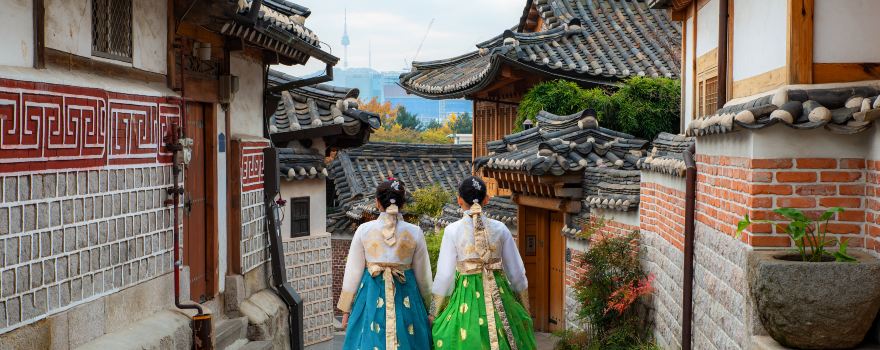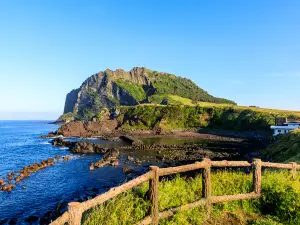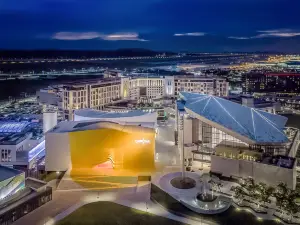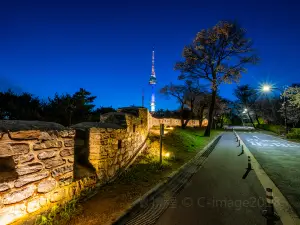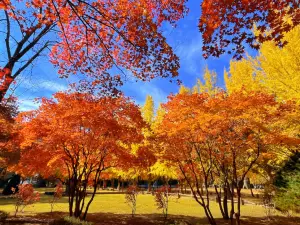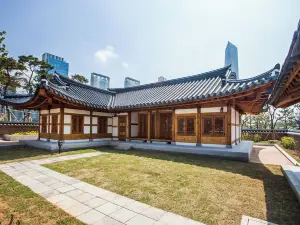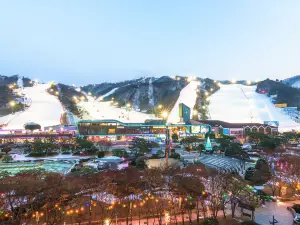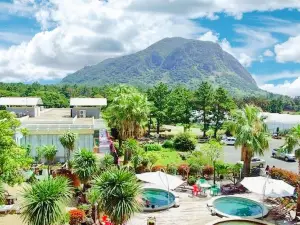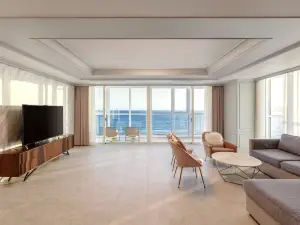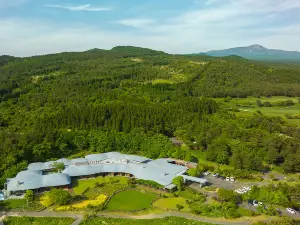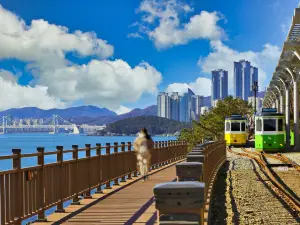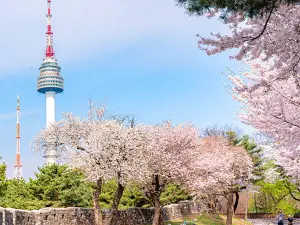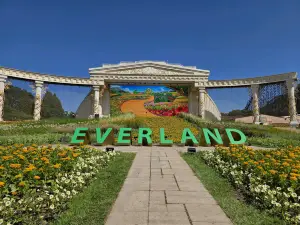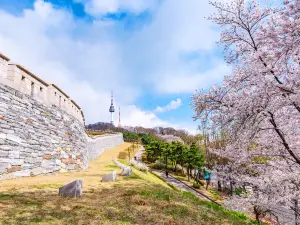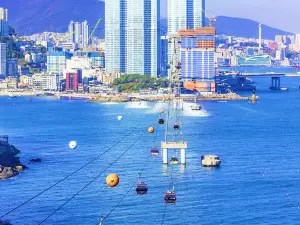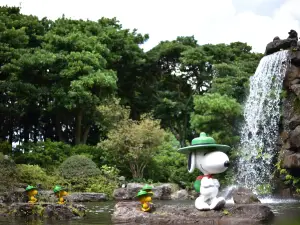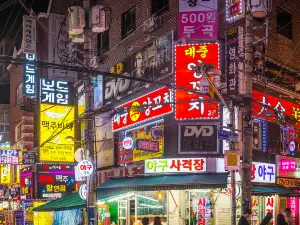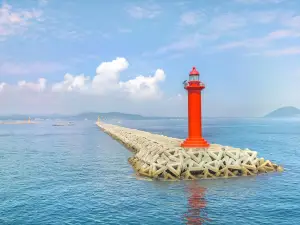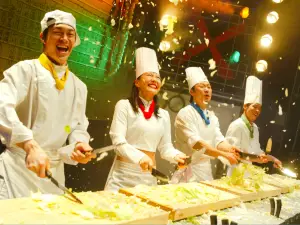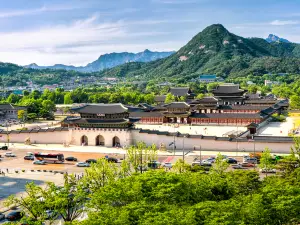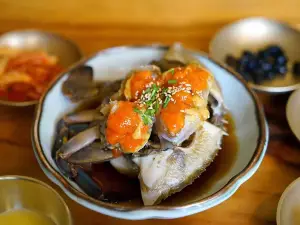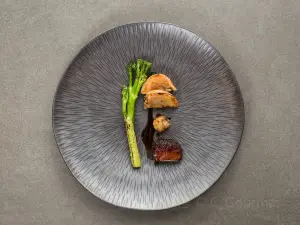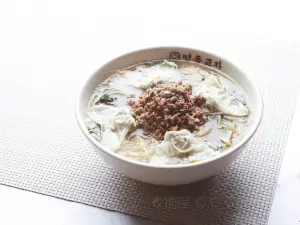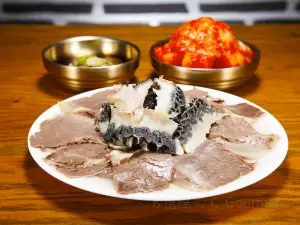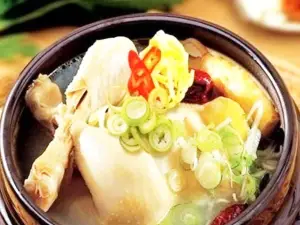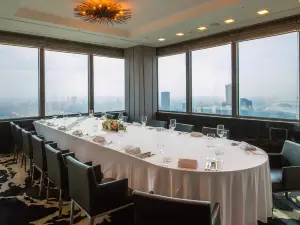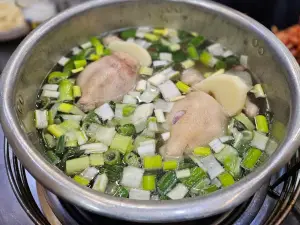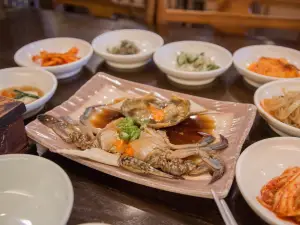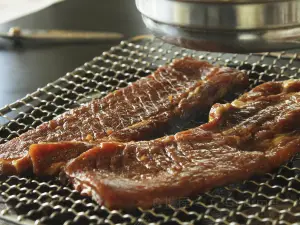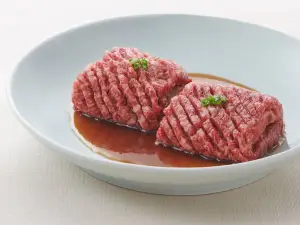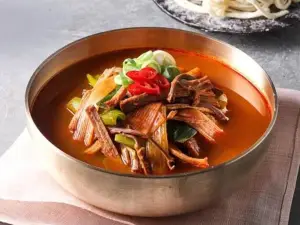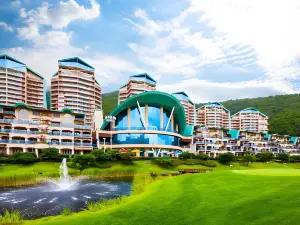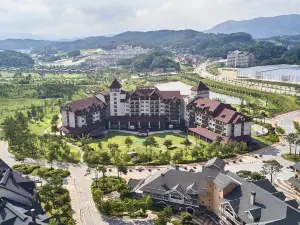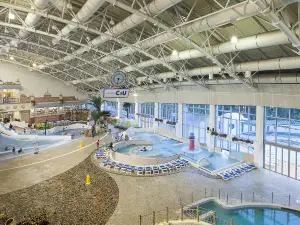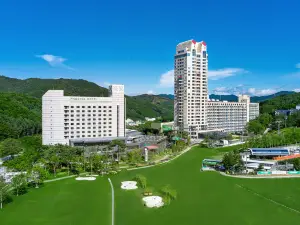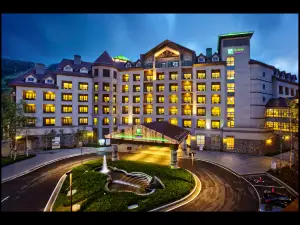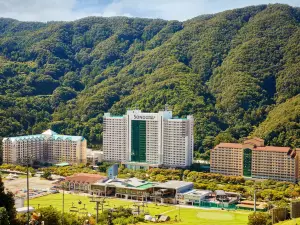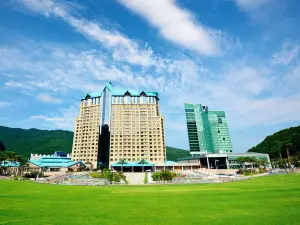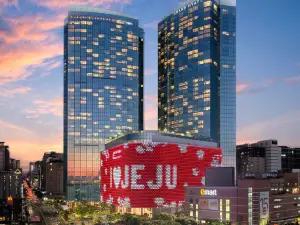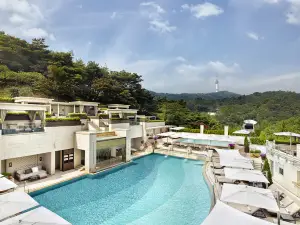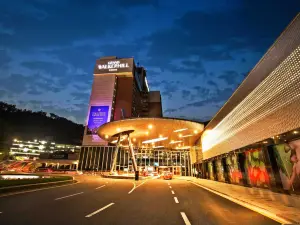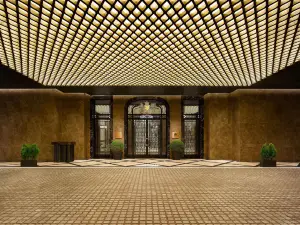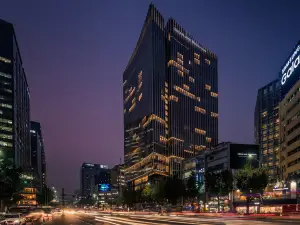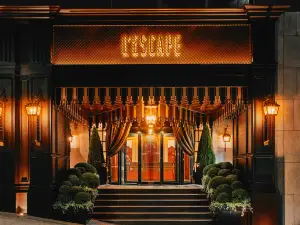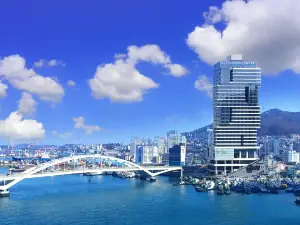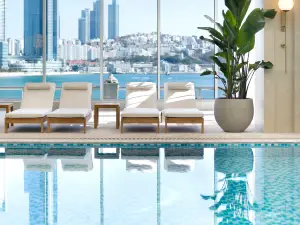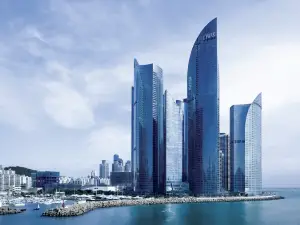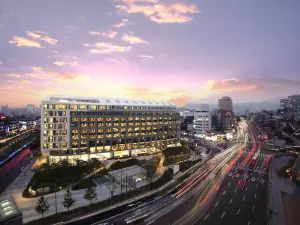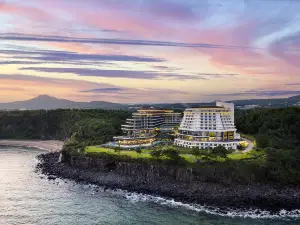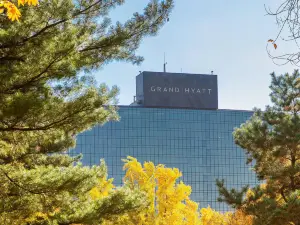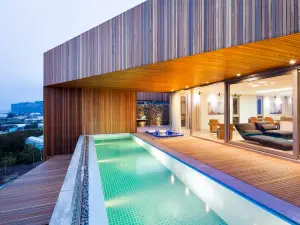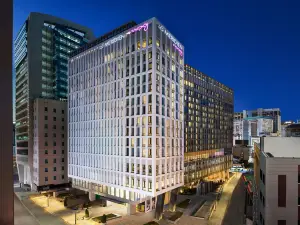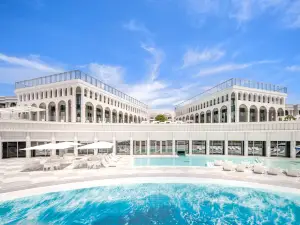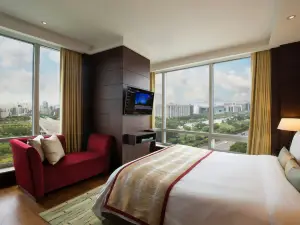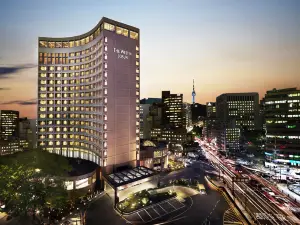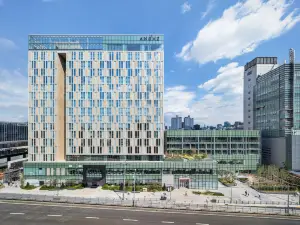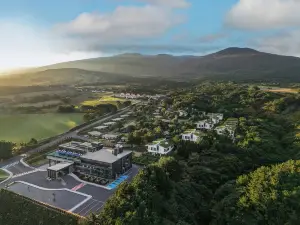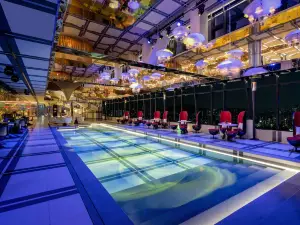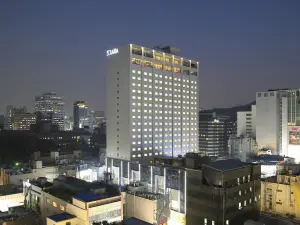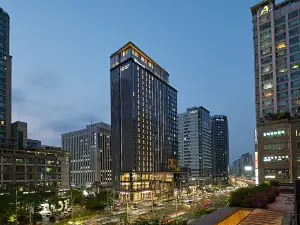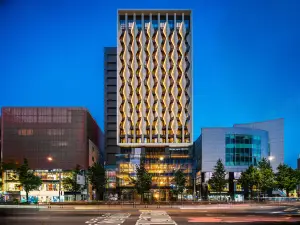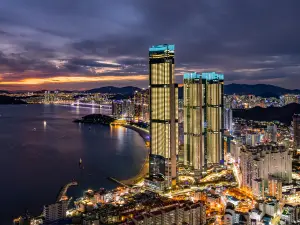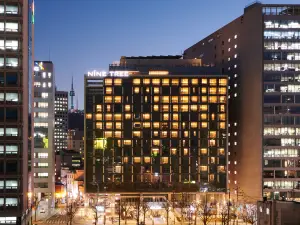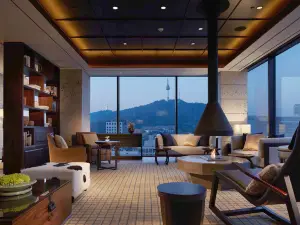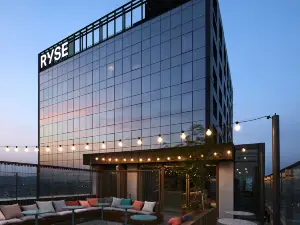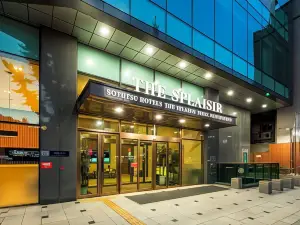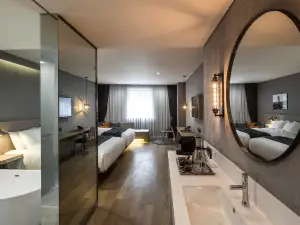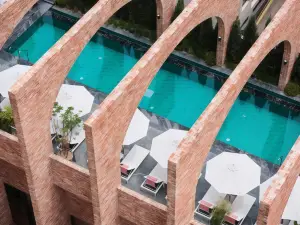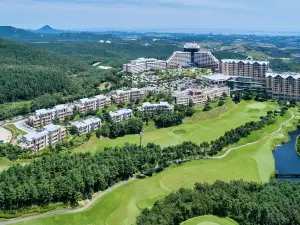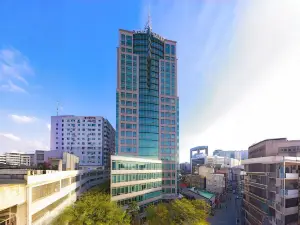South Korea independent travel guide (2025): top things to do, popular tourism attractions, itinerary planning, accommodation, food, transportation, weather, and more - everything you need to know (updated October 2025) | Trip.com
About South Korea
Recommended trip: 5–10 day(s)
Recommended trip: 5–10 day(s)South Korea Local Experiences Map

Trending in South Korea
South Korea Local Travel Guide 2025
South Korea Brief Guide
South Korea, a dynamic blend of cutting-edge modernity and ancient tradition, captivates travelers with its vibrant cities, scenic landscapes, and rich cultural heritage. From the bustling streets of Seoul to the serene beaches of Jeju and the coastal charm of Busan, Korea offers diverse experiences for foodies, history buffs, and adventure seekers. Plan your perfect trip to South Korea with this guide.
South Korea Must-try local experiences
1. Discover Seoul's Iconic Landmarks Explore Gyeongbokgung Palace, stroll through Bukchon Hanok Village, and enjoy the bustling atmosphere of Myeongdong. Ascend N Seoul Tower for panoramic city views, perfect for photos during sunset or at night. 2. Journey to Jeju Island's Natural Wonders Hike up Mount Hallasan, explore Manjanggul Lava Tube, and relax on Jeju Island's beautiful beaches. 3. Visit the Bustling Myeong-dong District and Dongdaemun Myeong-dong is a vibrant shopping district known for its street food, fashion boutiques, and skincare shops. Dongdaemun Design Plaza is a major shopping and cultural hub known for its futuristic architecture and fashion shops. 4. Dress in a Hanbok Rent a Hanbok and explore historical sites like Bukchon Hanok Village or Gyeongbokgung Palace, capturing memorable photos. 5. Watch a Nanta Performance Enjoy Nanta, a non-verbal performance combining traditional Korean rhythms with modern comedy and drama. 6. Witness the Cherry Blossoms in Spring Visit Yeouido Hangang Park or Jinhae in spring to see cherry blossoms in full bloom and enjoy related festivals. 7. Bask in the Autumn Foliage Visit Naejangsan or Seoraksan National Park in autumn to see vibrant foliage and hike scenic trails. 8. Attend the Boryeong Mud Festival Held every July, the Boryeong Mud Festival offers mud baths, mudslides, and various mud-related activities. 9. Savor the Flavors of Korean Cuisine Enjoy Korean BBQ, kimchi, bibimbap, and street food like tteokbokki and hotteok. Experience traditional Korean beverages like makgeolli, soju, and various herbal teas. 10. Capture the Beauty of Gamcheon Culture Village Explore Gamcheon Culture Village in Busan for colorful houses, murals, and panoramic city views. 11. Photograph the Han River at Night The Han River is picturesque at night with illuminated bridges and buildings, ideal for capturing Seoul's essence.
South Korea Best cities to visit
South Korea’s vibrant capital is a blend of futuristic skyscrapers, K-pop culture, and ancient palaces. It’s a thrilling blend of modernity and tradition, offering endless excitement for culture and tech enthusiasts. Key Experiences: Tour Gyeongbokgung Palace in hanbok; shop in Myeongdong’s bustling markets; explore Bukchon Hanok Village’s traditional houses; savor street food like tteokbokki at Gwangjang Market; visit N Seoul Tower for city views; experience K-pop at COEX Mall; relax in a jjimjilbang. Best For: Urban explorers, K-pop fans, and foodies.
South Korea Transportation
South Korea is mainly reachable by air and sea. The main entry point is Incheon International Airport, which primarily caters to international visitors. Another important airport is Busan Gimhae International Airport. For maritime travel, major ports like Incheon, Busan, and Donghae provide ferry services to neighboring countries such as Japan, China, and Russia.
South Korea Best Time to Visit
South Korea’s four distinct seasons impact travel, with regional variations across Seoul, Jeju, Busan, and beyond. Spring (March-May): Ideal for mild weather (10-20°C) and cherry blossoms (late March-early April) in Seoul, Gyeongju, and Jinhae. Jeju’s canola fields bloom vibrantly; Busan’s beaches are pleasant. Crowds peak during blossom season, so book early. Summer (June-August): Hot and humid (25-35°C), with heavy rain in July (monsoon). Seoul’s festivals (e.g., Boryeong Mud Festival nearby) and Jeju’s beaches thrive, but typhoons may hit Busan or Jeju. Good for indoor attractions like Seoul’s palaces. Autumn (September-November): Prime season with cool weather (10-25°C) and stunning fall foliage in Seoraksan National Park, Nami Island, and Gyeongju. Seoul and Busan are comfortable; Jeju’s hiking trails shine—fewer crowds than spring. Winter (December-February): Cold (-5 to 10°C), with snow in Seoul and Gangwon-do’s ski resorts (e.g., Yongpyong). Jeju remains milder (5-15°C); Busan’s coastal areas are chilly but festive with events like the Haeundae Light Festival. Budget-friendly outside Lunar New Year (January/February).
South Korea Travel Tips
1. Temple Etiquette: When visiting temples such as Bulguksa or Jogyesa, dress modestly and avoid loud conversations. Photography may be restricted in certain areas, so always ask for permission before taking pictures. Additionally, avoid wearing bright colors, heavy makeup, or strong perfumes. Always remove your shoes before entering temple buildings and be mindful of areas where speaking is prohibited. 2. Typhoon Season Precautions: Typhoon season typically runs from July to September. Stay informed about weather forecasts and follow local authorities' advice if a typhoon is approaching. Stay indoors during the typhoon, avoid floodwaters and coastal areas, and evacuate through safe routes avoiding riversides or mountain passes. 3. Taxi Safety for Women: Female travelers can use 'Waygo Lady' taxis in Seoul, driven by women for women, for added safety when traveling alone at night. These taxis also accommodate boys below middle school age and are equipped with child car seats. Book through apps or designated taxi stands. 4. Drone Regulations: Flying drones is restricted in many areas, especially near airports, military zones, and crowded places. Most of Seoul is prohibited airspace. Always check local regulations and obtain necessary permits before using a drone. 5. No Tipping Culture: Tipping is not customary in South Korea, and service charges are usually included in the bill.
South Korea Useful Guide
Emergency Numbers: Police: 112 Fire/Ambulance: 119 Tourist Police (Seoul): 1330 (English support) Safety Advice: South Korea is very safe, with low crime rates, but petty theft can occur in crowded markets like Seoul’s Myeongdong or Busan’s Jagalchi. Keep valuables secure.
Trip.Best: South Korea
Popular Destinations
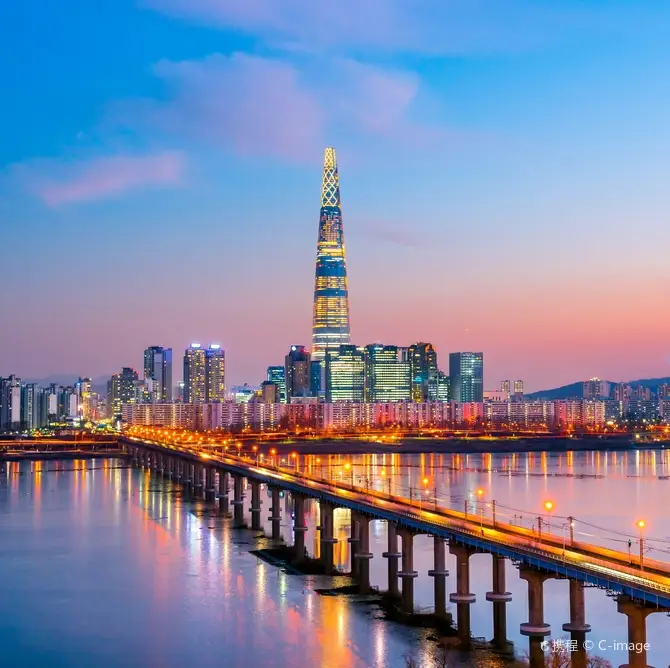
Seoul
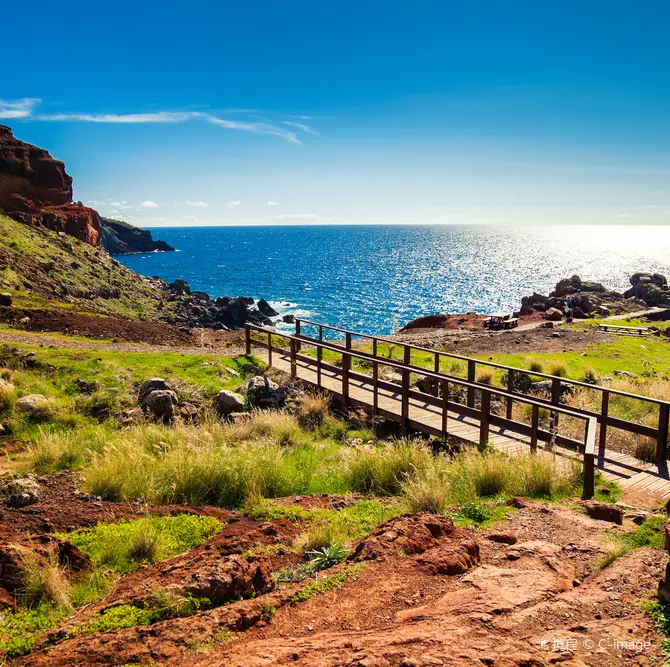
Jeju Island
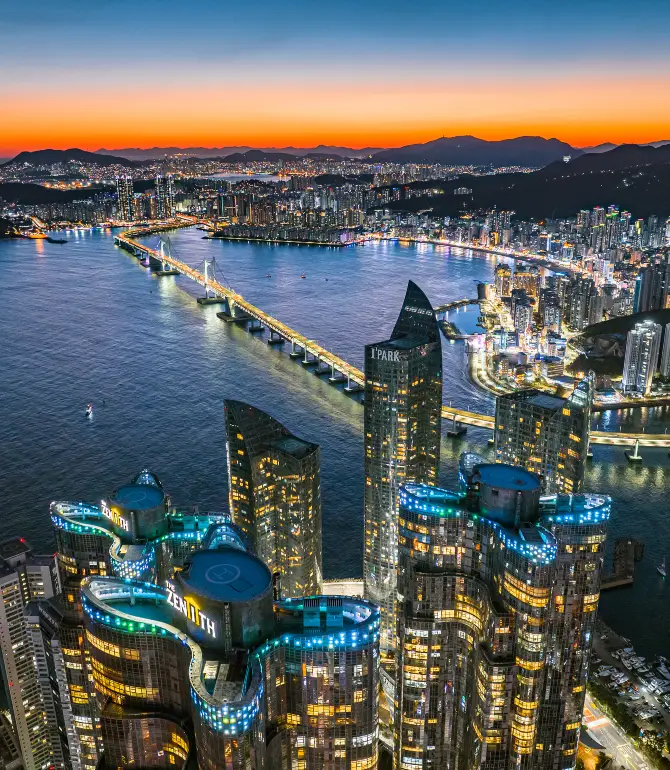
Busan
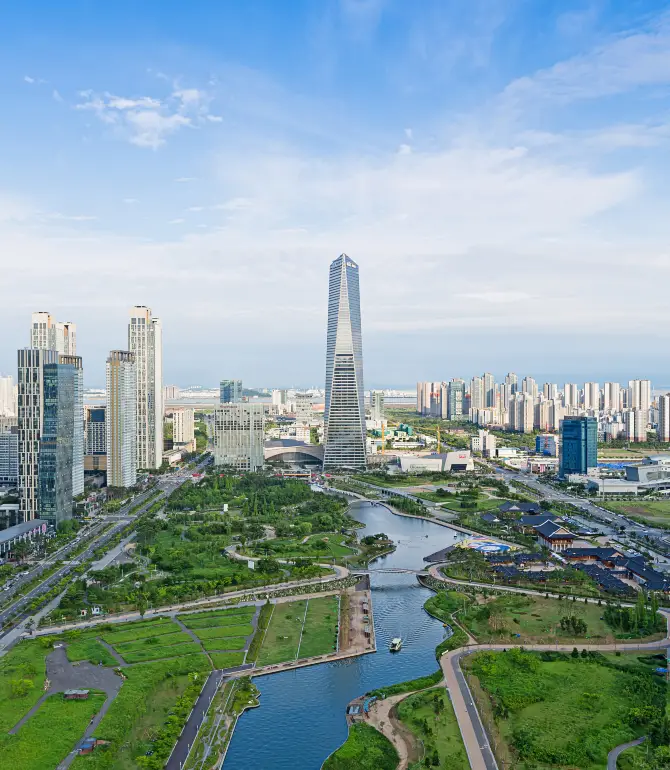
Incheon
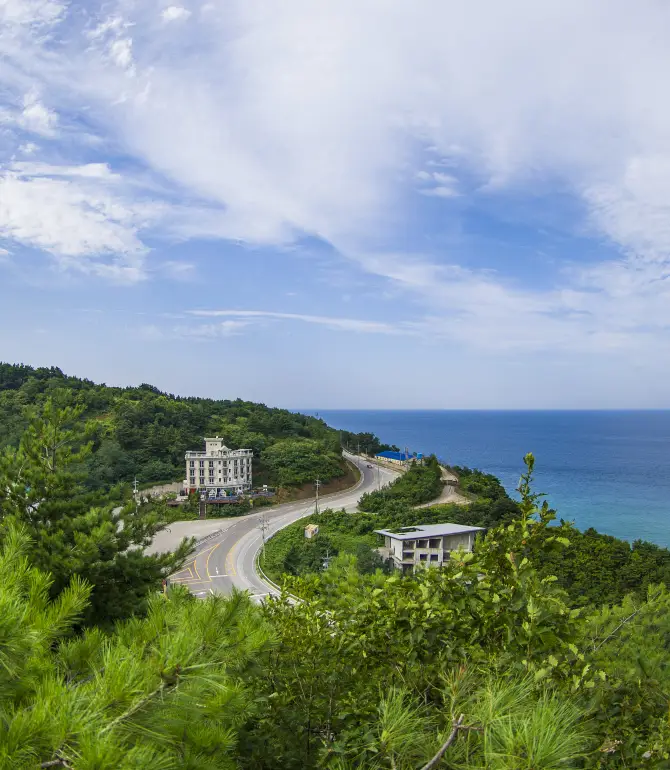
Gangneung-si
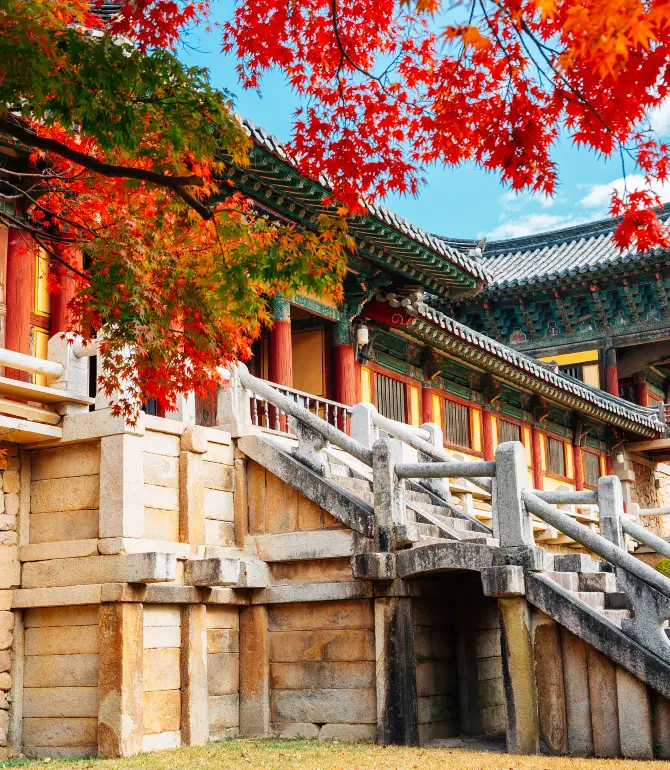
Gyeongju
Things to do in South Korea
What to do
What to eat
South Korea Moments: Through Travelers' Eyes

Gyeongbuk Travel Itinerary for October: Mungyeong and Andong

Plant Cafe Tobun in Mangwon-Hapjeong

Seoul Autumn Exclusive! Quickly bookmark these two stunning flower seas!

Would you like to visit Daegu Dalseo-gu's representative festival this fall?

A Day in Yangpyeong: Outdoor Date Course to Impress Your Girlfriend 🫶

Hidden gem for Western cuisine in Busan: Juang

Conquer Korea’s Alps – Ganwoljae, Ulsan 🏞️✨

✨A 2-night, 3-day trip to Geoje Island is enough to fill you with emotion🇰🇷
Best of South Korea
About
Site Operator: Trip.com Travel Singapore Pte. Ltd.
